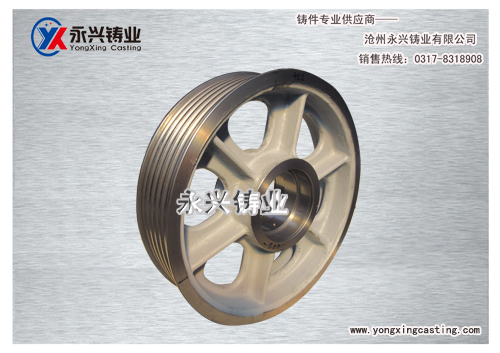 half seal compressor body coverYongxing foundry is a collection of casting, machining large-scale foundry enterprises...
half seal compressor body coverYongxing foundry is a collection of casting, machining large-scale foundry enterprises... valve coverYongxing foundry is a collection of casting, machining large-scale foundry enterprises...
valve coverYongxing foundry is a collection of casting, machining large-scale foundry enterprises... axle housingYongxing foundry is a collection of casting, machining large-scale foundry enterprises...
axle housingYongxing foundry is a collection of casting, machining large-scale foundry enterprises... gear boxYongxing foundry is a collection of casting, machining large-scale foundry enterprises...
gear boxYongxing foundry is a collection of casting, machining large-scale foundry enterprises... coil boxYongxing foundry is a collection of casting, machining large-scale foundry enterprises...
coil boxYongxing foundry is a collection of casting, machining large-scale foundry enterprises... valve body castingYongxing foundry is a collection of casting, machining large-scale foundry enterprises...
valve body castingYongxing foundry is a collection of casting, machining large-scale foundry enterprises... elevator castingYongxing foundry is a collection of casting, machining large-scale foundry enterprises...
elevator castingYongxing foundry is a collection of casting, machining large-scale foundry enterprises... Compressor body coverYongxing foundry is a collection of casting, machining large-scale foundry enterprises...
Compressor body coverYongxing foundry is a collection of casting, machining large-scale foundry enterprises...The first is the design craftsmanship of castings. When designing, in addition to determining the geometry and size of the casting according to the working conditions and properties of the metal material, the rationality of the design must be considered from the perspective of the casting alloy and the characteristics of the casting process, ie, obvious size effect and solidification and shrinkage. , stress, etc., in order to avoid or reduce the composition of copper castings, segregation, deformation, cracking and other defects.
The second is to have a reasonable casting process. That is, according to the casting structure, weight and size, casting alloy characteristics and production conditions, select the appropriate parting surface and modeling, core method, set reasonable casting ribs, cold iron, riser and gating system. To ensure the quality of castings.
The third is the quality of raw materials for casting. The quality of materials such as metal charge, refractories, fuels, fluxes, modifiers, and foundry sands, sand binders, and coatings is sub-standard, which can cause defects such as pores, pinholes, inclusions, and sticky sand, affecting the appearance quality of the castings. And the internal quality, when serious, will make the casting scrap.
The fourth is the process operation. It is necessary to formulate a reasonable process operation procedure and improve the technical level of the workers so that the process procedures can be implemented correctly.
The wear resistance and dimensional stability of machine tool castings directly affect the accuracy of machine tool life.